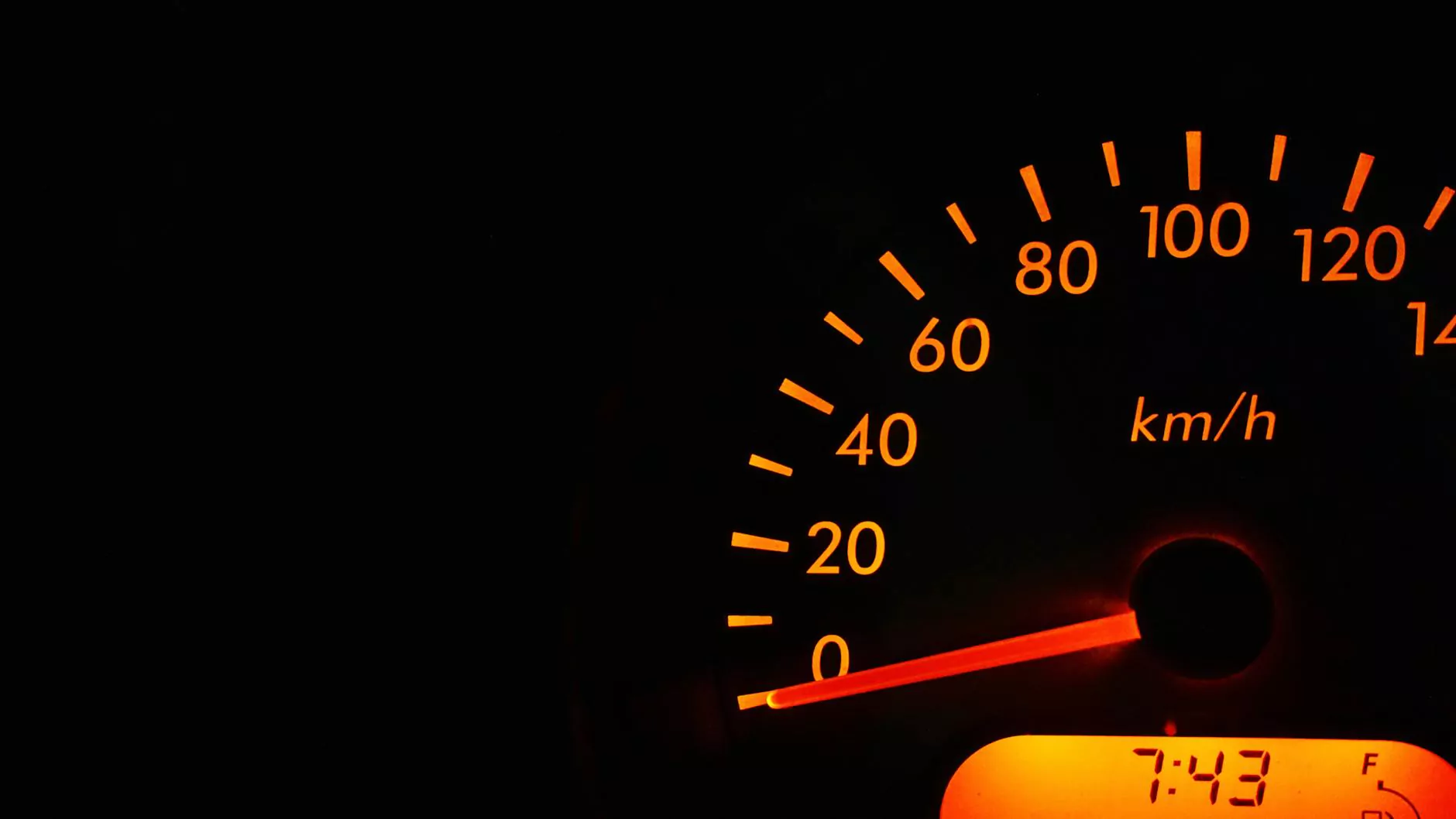6 Useful Indicators on Your Car Dashboard and Their Meanings
Car Dashboard
Introduction
Welcome to Darkness Automotive, your trusted source of information in the Vehicles - Automotive Industry. In this comprehensive guide, we will explore the 6 essential indicators on your car dashboard and their meanings. Understanding these indicators is crucial for every driver to ensure proper vehicle maintenance and a safe driving experience.
1. Engine Temperature
The engine temperature gauge is one of the most important indicators on your car's dashboard. It provides valuable information about the operating temperature of your engine. Normal engine operating temperature ranges from 190 to 220 degrees Fahrenheit (88 to 104 degrees Celsius). If the gauge shows the needle reaching the red zone or significantly deviating from the normal range, it indicates that your engine is overheating. Immediate action should be taken to prevent potential damage, such as pulling over safely and turning off the engine.
2. Fuel Gauge
The fuel gauge measures the amount of fuel in your vehicle's tank. It is essential to keep an eye on this indicator to avoid running out of fuel during your journey. The gauge typically features several levels indicating the amount of fuel remaining, ranging from "F" for full to "E" for empty. Regularly refilling your vehicle when the fuel level is low is advisable to prevent engine damage and potential inconvenience.
3. Oil Pressure
The oil pressure indicator monitors the pressure of the engine oil. Adequate oil pressure is crucial for the proper lubrication of engine components. If the indicator illuminates or the gauge shows low oil pressure, it is a sign that your engine may be experiencing oil-related issues. Ideally, you should check the oil level and quality, and if necessary, top up or replace the oil. Ignoring low oil pressure warnings can lead to severe engine damage and potential breakdowns.
4. Battery Charge
The battery charge indicator, often represented by a battery icon, informs you about the status of your vehicle's battery. If the indicator lights up or displays a low charge, it indicates potential battery malfunctions or a failing charging system. In such cases, it is advisable to have your battery and charging system checked by a professional to prevent unexpected battery failures and possible being stranded on the road.
5. Tire Pressure
The tire pressure monitoring system (TPMS) indicator is designed to warn you about low tire pressure. Properly inflated tires are vital for optimal vehicle performance, handling, and safety. When the indicator lights up or remains illuminated, it suggests that one or more of your tires may have low pressure. Insufficient tire pressure can lead to reduced fuel efficiency, uneven tire wear, and compromised handling. Regularly checking and maintaining proper tire pressure is essential to ensure a smooth and safe driving experience.
6. Check Engine Light
The check engine light is a general indicator that there may be a problem with your vehicle's engine or emission control system. When this light illuminates, it signifies that the engine's onboard computer has detected an error code. While the specific cause of the issue might not be immediately clear, it is recommended to have the vehicle diagnosed by a qualified technician. Ignoring the check engine light can lead to further damage and potential failures.
Conclusion
In conclusion, familiarizing yourself with the 6 useful indicators on your car's dashboard plays a crucial role in maintaining your vehicle's performance and ensuring a safe driving experience. Regularly monitor these indicators and take appropriate action when necessary. Darkness Automotive is your reliable partner in the automotive industry, providing you with the knowledge and expertise to keep your vehicle in top shape. Stay informed, stay safe!




